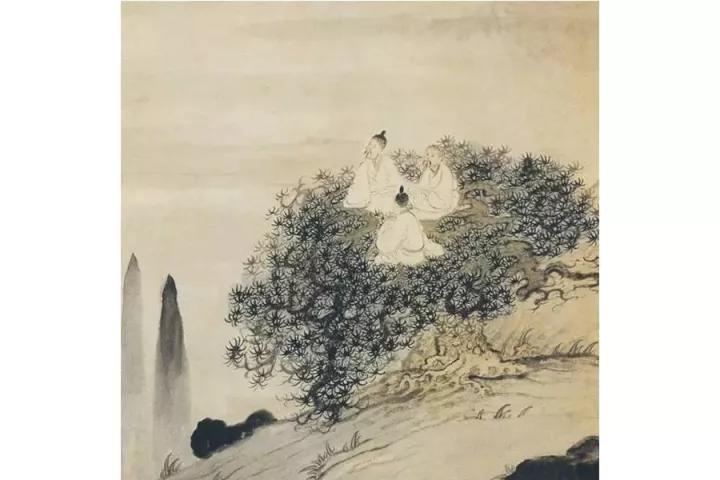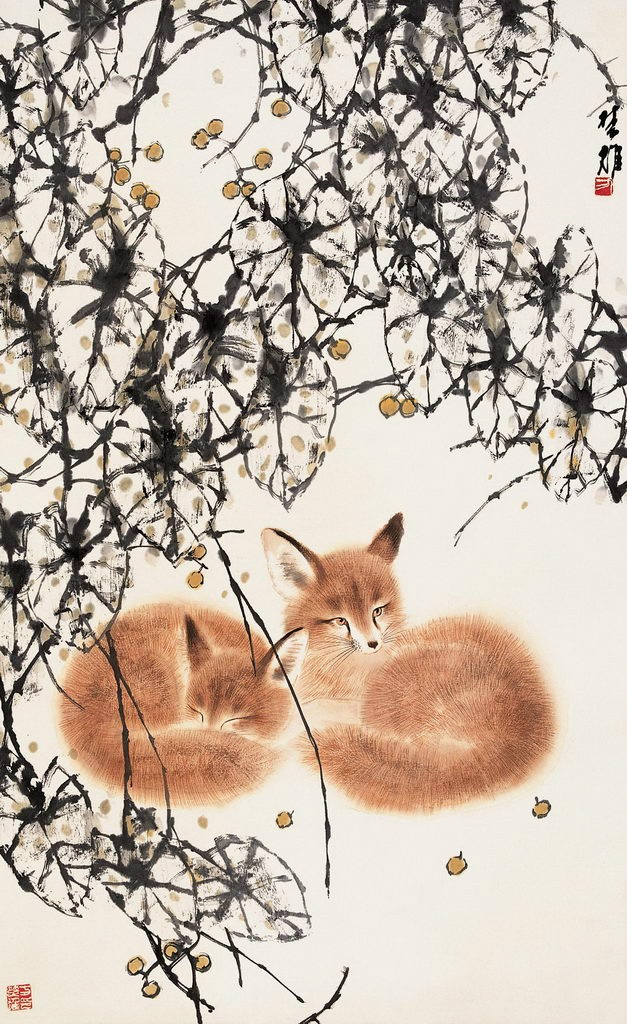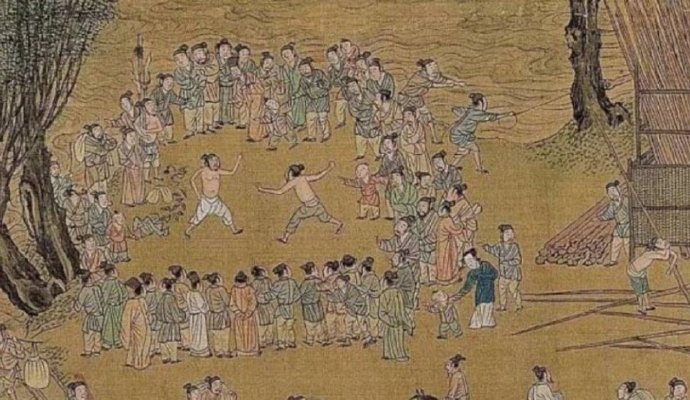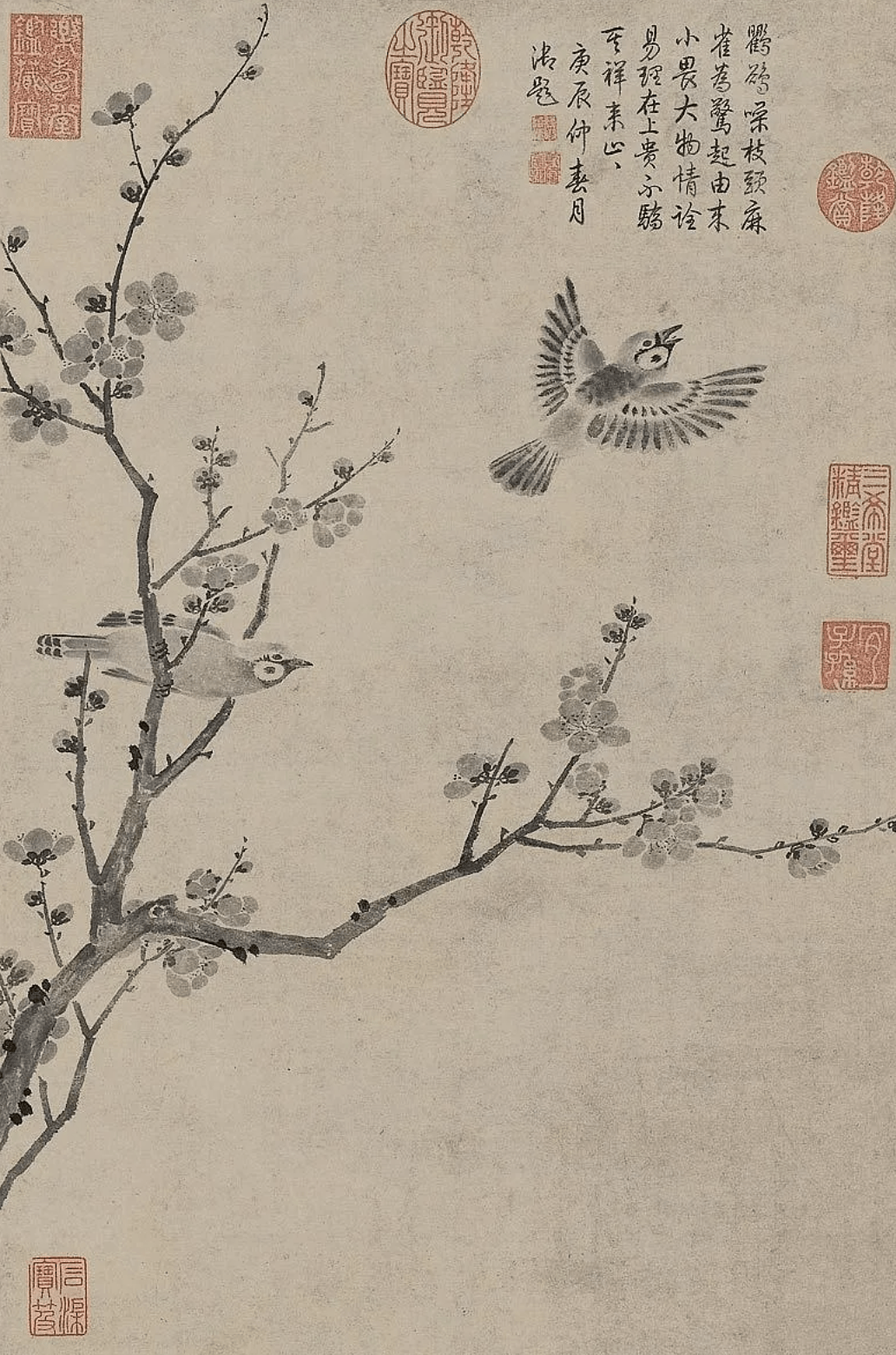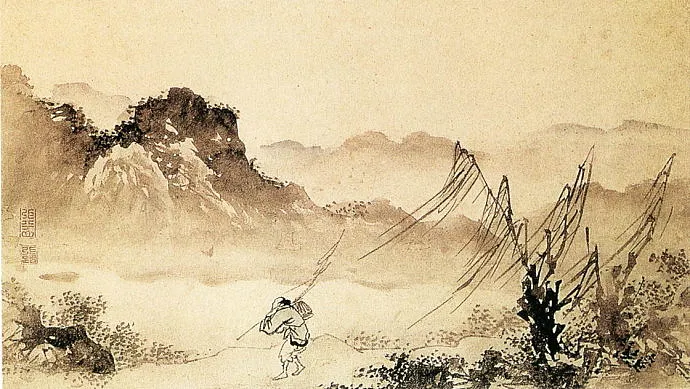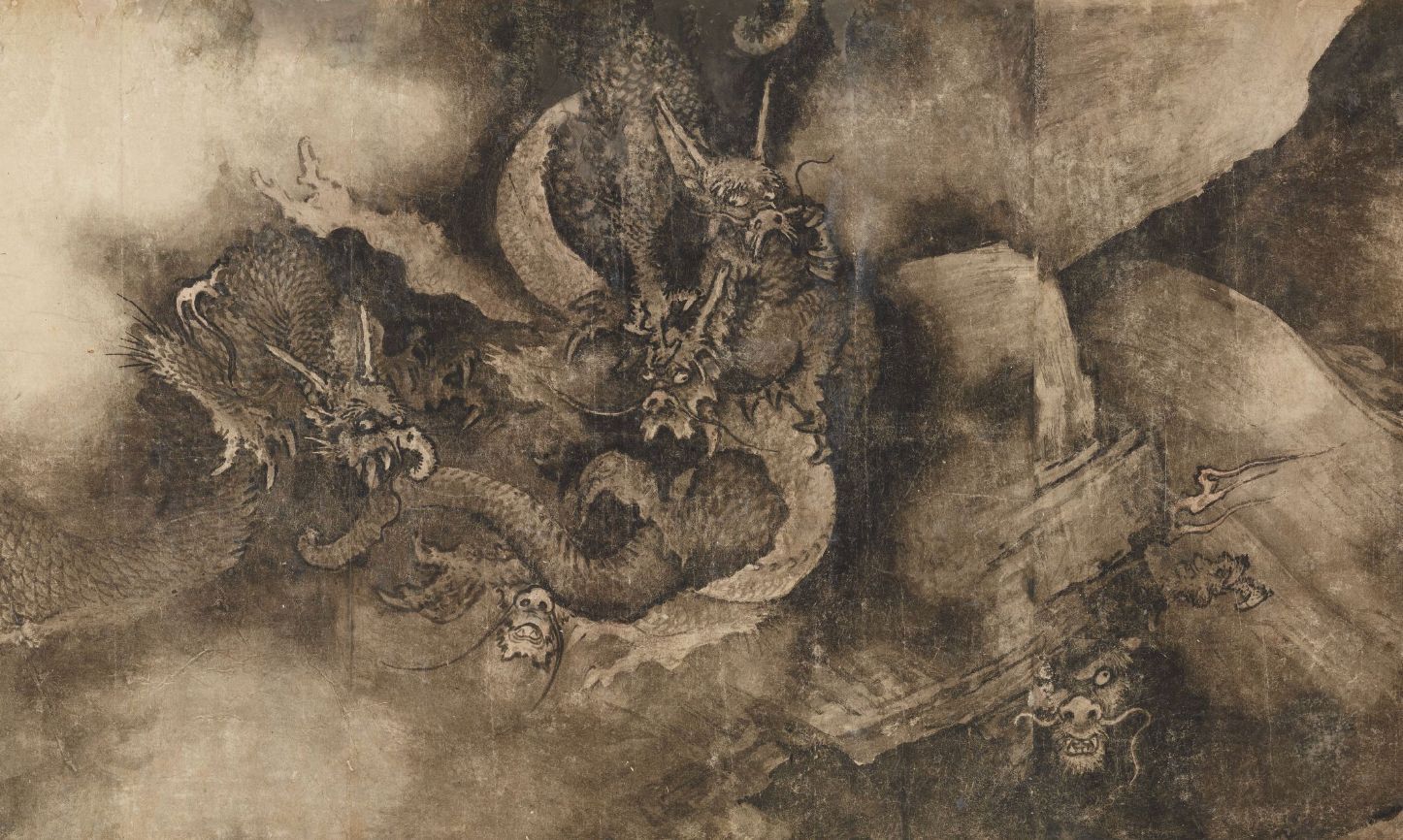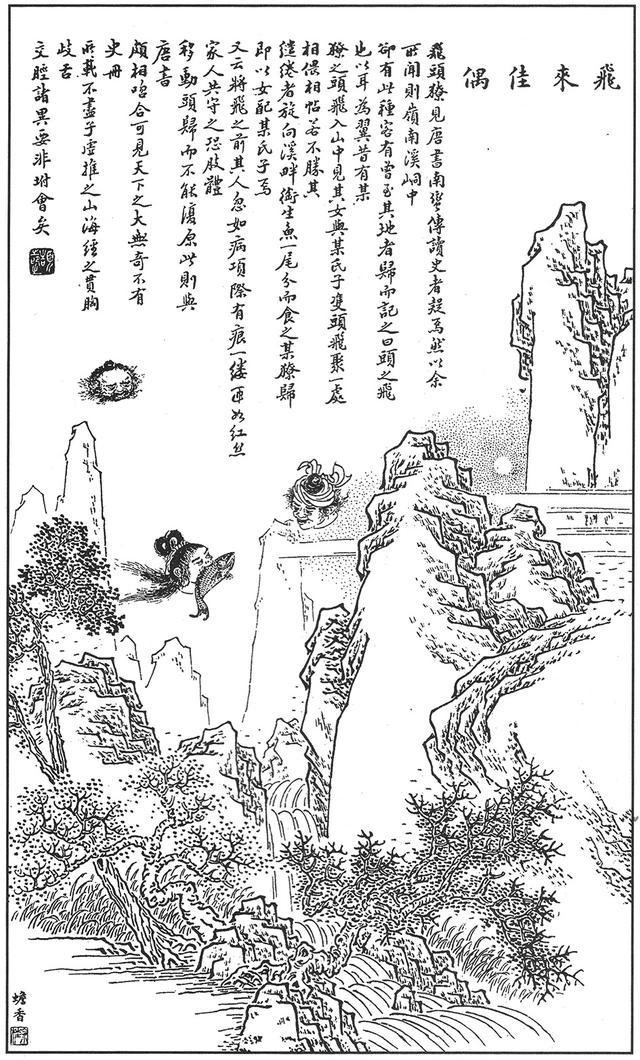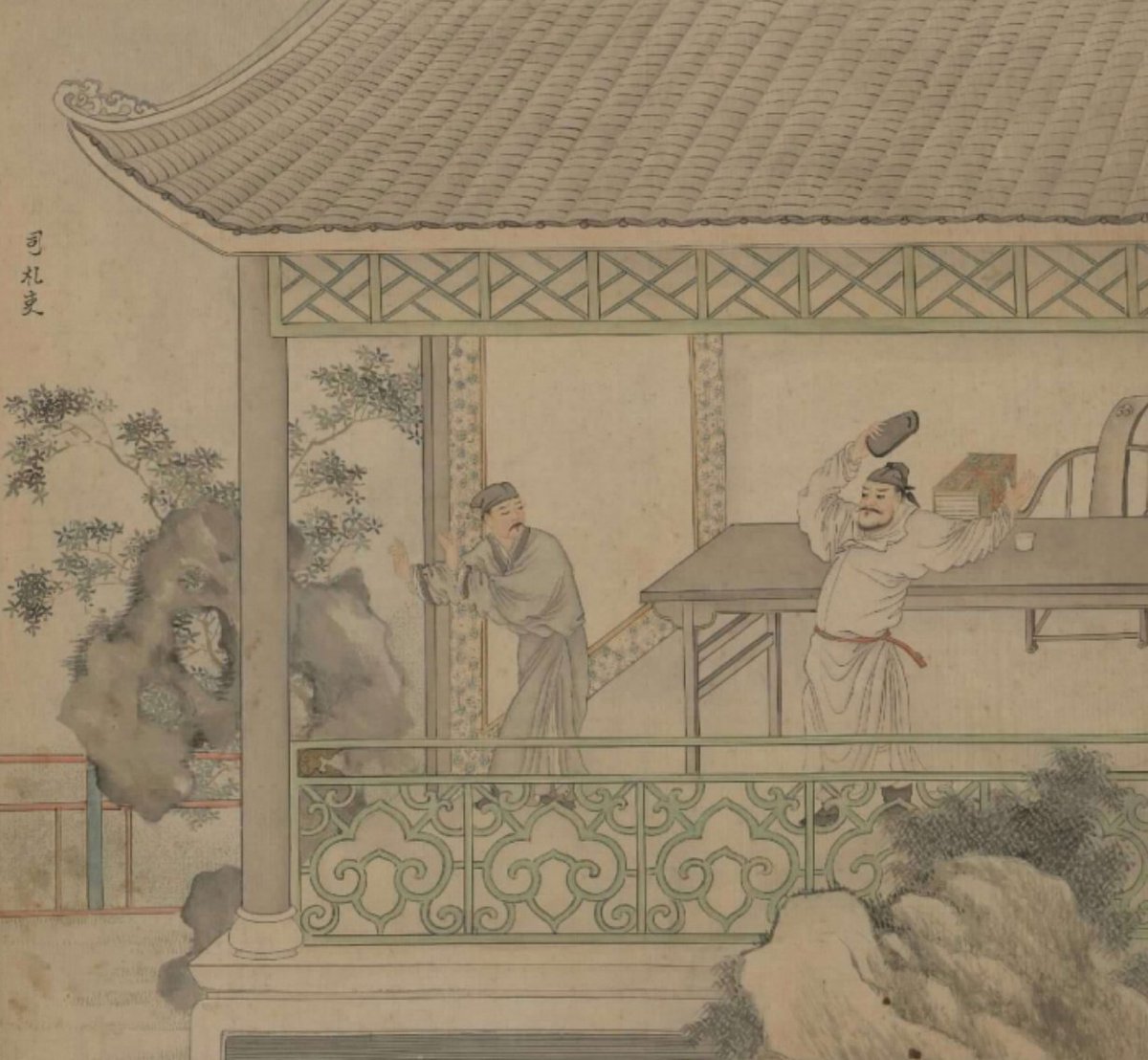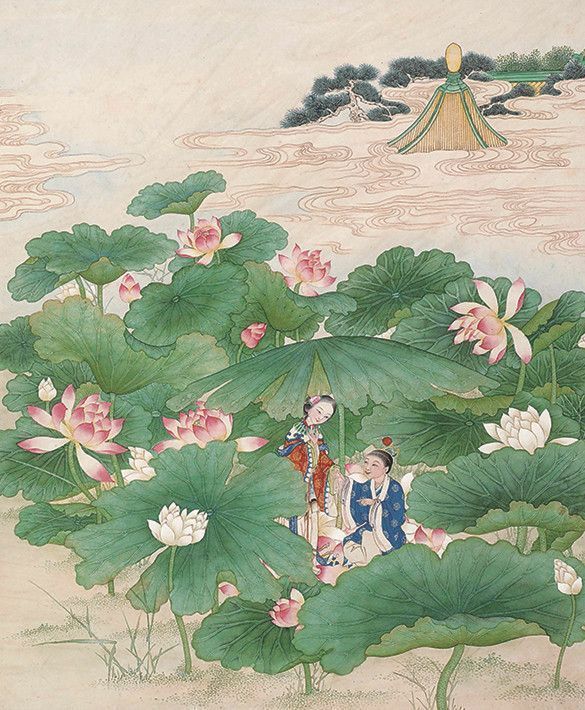The Ghost Wearing Clothes Falls into a Trap
In Shucheng County(舒城縣), Luzhou Prefecture(廬州府), there was a villager named Chen(陳姓者). His wife was suddenly haunted by a female ghost who sometimes strangled her throat with hands and other times tied her neck with straw ropes. No one around her could see the haunting ghost. Tormented and in agony, she frequently clawed at her clothes, pulling out many straw ropes.
Chen gave his wife a bundle of peach tree branches, saying, ‘If the female ghost returns, use these to strike her!’

